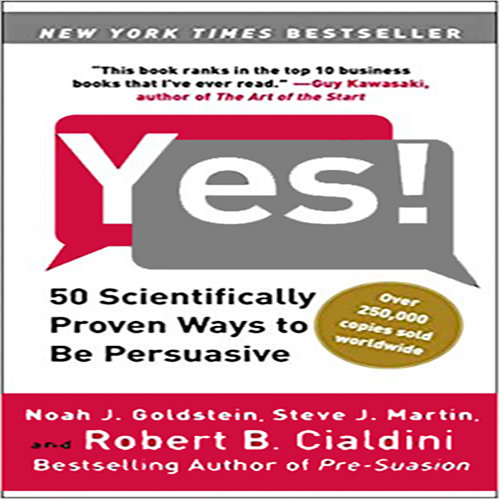

One size never fits all, but Van Der Kolk suggests that therapeutic interventions like neurofeedback, theater, meditation, play, or yoga may play a larger part than first thought in healing. The ideological heart of this method is to make it safe for trauma survivors to inhabit their own bodies by moving away from the “standard” combination of talking therapies or drug therapies and instead using a new approach that heals the mind, brain, and body. Considering the frustrating physical effects of trauma related by his patients, Van Der Kolk suggests a fresh paradigm for treatment.

Drawing on his status as an active therapist, continually learning from what works for his patients best, Van Der Kolk delivers a wonderfully personal yet analytic approach to trauma recovery.

One of the world’s leading experts on traumatic stress, Van Der Kolk highlights the clear effects that trauma has on literally reshaping the body and brain.

Most people with an interest in psychology might have an idea of the original experiment, but the research afterwards should definitely not be overlooked!ĭescribed as “the Bible of trauma” for struggling readers, The Body Keeps the Score is the culmination of Dr Bessel Van Der Kolk’s entire career. The following chapters discuss the study’s effect on the decades of subsequent research into psychological and social variables that cause “average” people to commit immoral acts - making it one of the most influential books on psychology you can pick up today. Zimbardo’s thoughts on the experiment are interesting not only because he conducted it, but because he was a part of it, acting as the prison warden - which, needless to say, has serious ethical connotations. (The controversy was such that there was even a mostly-accurate movie dramatization released in 2015!) Without giving too much away, the experiment ran into some serious roadblocks that meant it had to be discontinued after only six days. The Stanford Prison Experiment was Zimbardo’s 1971 study looking into the effects of different situational factors on conformity by putting college student volunteers into a fake prison environment for -2 weeks. The Lucifer Effect is Professor Philip Zimbardo’s first detailed account of his infamous Stanford Prison Experiment and the conclusions he took from it.


 0 kommentar(er)
0 kommentar(er)
